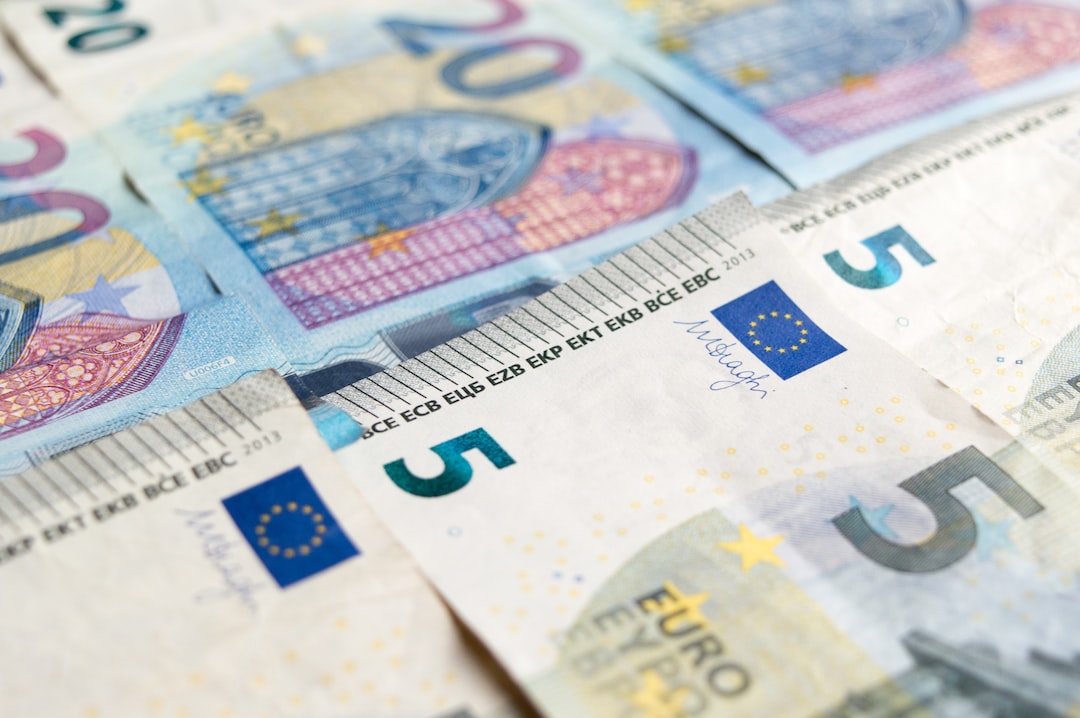Forex trading is a highly popular investment option for individuals and institutions alike. With its high liquidity and volatility, forex trading offers traders an opportunity to make significant profits in a relatively short amount of time. However, to be successful in forex trading, traders need to create signals that can help them make informed trading decisions. In this article, we will discuss how to create signals in forex.
What are Forex Signals?
Forex signals are indicators that help traders to determine when to enter or exit a trade. They are created based on technical analysis or fundamental analysis. Technical analysis involves studying charts and identifying patterns and trends, while fundamental analysis involves studying economic and geopolitical factors that affect the currency markets.
Creating Forex Signals
There are several ways to create forex signals. Some of the most common ways include:
1. Moving Averages
Moving averages are one of the most popular indicators used in forex trading. They are created by calculating the average price of a currency pair over a certain period of time. Traders use moving averages to identify trends and determine when to enter or exit a trade.
For instance, if the price of a currency pair is above its 50-day moving average, it is considered to be in an uptrend. On the other hand, if the price is below its 50-day moving average, it is considered to be in a downtrend. Traders may use this information to buy or sell a currency pair accordingly.
2. Relative Strength Index (RSI)
The Relative Strength Index (RSI) is another popular indicator used in forex trading. It measures the strength and speed of price movements and helps traders to identify overbought and oversold conditions.
The RSI is calculated by comparing the average gains and losses of a currency pair over a certain period of time. If the RSI is above 70, it is considered overbought, and if it is below 30, it is considered oversold. Traders may use this information to buy or sell a currency pair accordingly.
3. Fibonacci Retracement
Fibonacci retracement is a tool used in technical analysis to identify potential levels of support and resistance. It is based on the idea that prices tend to retrace a predictable portion of a move, after which they continue in the original direction.
To use Fibonacci retracement, traders need to identify the high and low points of a currency pair. They then plot the retracement levels (23.6%, 38.2%, 50%, 61.8%, and 100%) on the chart. Traders may use these levels to identify potential entry or exit points.
4. Candlestick Patterns
Candlestick patterns are another popular tool used in forex trading. They are created by studying the price movements of a currency pair over a certain period of time. Candlestick patterns can help traders to identify potential trend reversals or continuations.
For instance, if a currency pair forms a bullish engulfing pattern, it is considered a potential signal that the price may continue to rise. On the other hand, if a currency pair forms a bearish engulfing pattern, it is considered a potential signal that the price may continue to fall.
Conclusion
Creating forex signals is a crucial part of successful forex trading. Traders need to develop a thorough understanding of technical and fundamental analysis to create effective signals. By using tools such as moving averages, RSI, Fibonacci retracement, and candlestick patterns, traders can identify potential entry and exit points for their trades. However, it is important to remember that forex trading involves significant risk, and traders should always exercise caution when creating and using signals.





